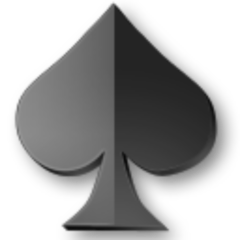Roulette, or roullete (which means little wheel) is the casino game of choice for those who want glamour and excitement. Essentially, players bet on which red or black numbered compartment of a revolving wheel the ball will land in as it comes to rest. The odds of this happening are based on a number of factors including the colour, whether it is odd or even and whether it is high (19-36) or low (1-18).
Players place bets by laying chips on a betting mat, the precise location of each chip indicating the type of bet being made. Bets placed on six numbers or less are referred to as “Inside bets” and those placed on 12 or more are known as “Outside bets”.
The modern roulette wheel is divided into a series of divisions numbered from 1 to 36 in an alternate pattern with red and black, with the exception of one green zero on American wheels. This addition has the effect of making a win in the American version of the game less attractive financially to players than the European variant.
In order to play the game effectively, you need to understand the rules of roulette. This involves learning about the mathematics of probability, which is the study of how likely an event is to occur given the total number of possible outcomes.
You also need to know how to bet correctly. This is important because if you don’t bet correctly, you will lose. It’s also crucial to set a budget before you start playing. This way you will not spend more than you can afford to lose.
A good place to start is with the Dozens or Columns bets. These bets offer 2-1 odds and can be found on all European roulette wheels. They are easy to place as the table has specific areas marked for each type of bet.
A small ball, made of a material such as resin or Teflon, is used to spin the wheel. The size of the ball and its weight will have a dramatic effect on the results of a game. A lighter ball will make more revolutions on the wheel and jump around more unpredictably before landing on a number than a heavier ivorine ball.
